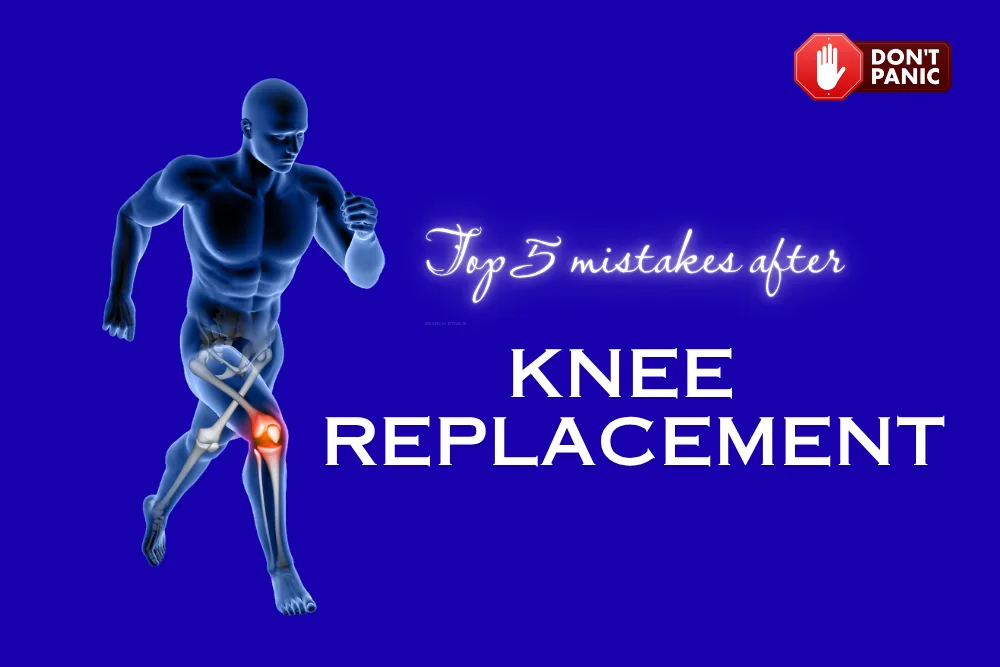Now Reading: How to Spend Your 20s in an AI Era
-
01
How to Spend Your 20s in an AI Era
How to Spend Your 20s in an AI Era

Your 20s are the most defining years of your career, and in the era of artificial intelligence, they matter even more. Whether you’re a student, designer, developer, or marketer, the future will reward those who learn how to combine timeless skills with modern tools.
AI is not just a buzzword. It’s a companion that enhances your strengths and amplifies your speed. But it won’t replace you if you’re good at what you do. AI will only replace inefficiency.
Let’s break this down into actionable roadmaps for different personas, along with three key mindset shifts you need to embrace.
Why Context Engineering Is the Future?
Prompt engineering is no longer about crafting perfect sentences. In today’s world, AI tools like ChatGPT or Gemini can fix poorly written prompts. What truly matters is giving them the right context.
This shift from prompt engineering to context engineering reflects the new reality: your real skill lies in understanding the problem deeply and describing it clearly. AI responds best when you feed it accurate, intentional information.
Skills That Actually Matter
Many young professionals think they need a fancy AI degree or deep coding expertise to thrive in this era. That’s a myth. What you actually need are:
-
Strong pattern recognition
-
The ability to describe your thinking
-
A healthy mind and body
-
A taste for curiosity and exploration
The best opportunities are going to people who use AI to do what they already do.
AI Won’t Take Jobs, But It Will Redefine Them
Jobs are not disappearing. They’re evolving. The roles of tomorrow will look different, and to stay relevant, you must evolve with them.
If you’re a student or young professional, the question becomes: How do I evolve and remain eligible for these new roles?
Let’s look at real roadmaps for different fields.
For Engineering Students or Developers
Goal: Become AI-native, not just AI-aware.

1. Build Foundations
Start with AI toolkits: Hugging Face, LangChain, OpenAI APIs, vector databases like Pinecone or Weaviate. Use free resources on YouTube and GitHub to understand the basics.
2. Learn MLOps
Understand model deployment, fine-tuning, and monitoring using tools like MLflow, Docker, and FastAPI. These skills are in massive demand.
3. Understand Large Language Models (LLMs)
Explore Retrieval-Augmented Generation (RAG), build basic LLM apps, and learn prompt engineering tailored to tools and industries.
For Product Designers and UX Professionals
Goal: Transition from UI/UX to AI Experience Designer.

1. Master No-Code Tools
Explore tools like Figma Sites or Figma Make. Design thinking is no longer just about pixels. It’s about collaborating to prototype AI-infused experiences.
2. Understand AI-Driven Interfaces
Study how interfaces adapt with AI. Learn conversational UX principles and new AI usability guidelines.
3. Design for the Future
Think beyond screens: Vision Pro, Meta RayBans, wearables, and spatial computing. Prepare to design the interfaces of tomorrow’s devices.
For Marketers
Goal: Become a pattern spotter and creator with AI superpowers.

1. Hone Your Writing and Analysis
Use ChatGPT, Gemini, or Claude to generate drafts, but add your own flair. Use AI as a starting point, not the final word.
2. Learn Voice & Video Cloning
Experiment with tools like ElevenLabs, Runway ML, Akool and HeyGen to clone voices and generate synthetic media.
3. Practice Pattern Recognition
Document successful content (books, thumbnails, videos) in Notion or Google Sheets. Reflect daily. This trains your subconscious to spot what works and why.
How to Spend Your 20s in AI Era?
1. Learn Agentic AI
Don’t just use AI! Learn how to set up AI workflows that deliver results. AI agents will soon be part of human teams, executing complex tasks with minimal input. Think like a systems engineer, and develop the vocabulary to describe these workflows.
2. See AI as a Co-Pilot, Not a Competitor
Keep in mind that, AI is your assistant, not your enemy. Use it for brainstorming, research, or first drafts. Always validate its output and layer your creativity on top.
3. Use AI for First Drafts, Not Final Ones
If every company uses AI to write their final content, everything starts to look the same. Stand out by editing and improving what AI gives you.
Bottom Line
Content is Queen! Context Is King!
In the AI era, asking the right questions, giving proper context, and breaking problems into clear subparts is the new superpower. Your ability to think clearly and describe precisely will make you indispensable in any domain. It’s only replacing those who are average at what they do.
Frequently Asked Questions
What does context engineering mean in the age of AI?
Context engineering is about framing your prompts or problems clearly so that AI tools can generate accurate and relevant responses. It’s about giving enough background and purpose to your inputs.
Do I need a master’s degree in AI to succeed?
No. Many of the most in-demand AI roles can be learned through self-study, online courses, and hands-on practice. What matters is your ability to use tools effectively and solve real problems.
How can a designer stay relevant in an AI-driven world?
By evolving into an AI experience designer. Focus on behavior, not just aesthetics. Learn how to design interfaces that communicate with AI systems, not just users.
What are AI agents and how are they different from AI tools?
AI agents can take actions on their own to fulfill tasks within a workflow. AI tools, on the other hand, require manual operation. Agents are proactive, while tools are reactive.
Is AI going to replace my job?
Not if you’re good at what you do. AI replaces repetition, not creativity. The professionals who adapt and learn how to work with AI will thrive.
Get more AI related blogs and news from Search Ethics.
Dony Garvasis is the founder of Search Ethics, a platform dedicated to transparency, authenticity, and ethical digital practices. With over six years of experience in SEO and digital marketing, I provide expert content on automobiles, technology, gadgets, and online strategies. My mission is simple: Ethical Search, Genuine Results—ensuring users worldwide receive credible, useful, and up-to-date content.










